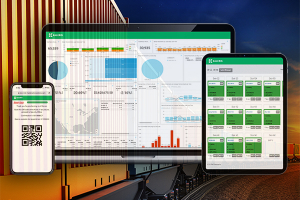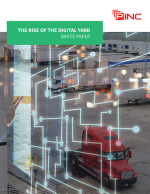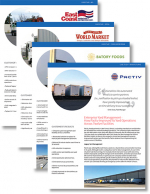Drones For Good
“Indifference towards people and the reality in which they live is actually the one and only cardinal sin in design.” - Dieter Rams.
The focus of this report is two-fold: the first phase explores how drones can be used for good purposes using the design driven innovation methodology.
The second phase explores one of the ideas (the Ambulance Drone) in detail using the Product Innovation Process.
Phase 1 - Drones for good framework
One of the latest media hypes are Unmanned Aerial Vehicles (UAV) or drones, promising a range of possibilities previously unimaginable. They are expected to revolutionize the way we transport things, gather information or automate processes.
These promises have been narrowed down through market and technology analysis to pinpoint the true potential of the technology.
Drones are commonly associated with destruction due their usage in clandestine operations by the United States of America. Through discussions and analysis of talks by and with UAV industry leaders, this report concludes that drones possess an array of benefits that can also be set to good use.
Applications that improve health for all will be one of the first application areas where legislation can be loosened to allow their usage. It is expected that if the regulatory, privacy and safety issues can be overcome, and the technology is sufficiently reliable, we can expect to see drones operating autonomously in our society within five years. Their speed of deployment, low cost in operation, agility and size are amongst the main advantages that need to be leveraged to define new applications.
Phase 2 - The Ambulance Drone
The first minutes after an accident are critical and essential to provide the right care to prevent escalation. Speeding up emergency response can prevent deaths and accelerate recovery dramatically. This is notably true for heart failure, drowning, traumas and respiratory issues.
Lifesaving technologies such as an Automated External Defibrillator (AED), medication, Cardiopulmonary Resuscitation (CPR) aids can be designed compact enough to be carried by a drone.
For the Ambulance Drone, a new type of drone was developed that is a compact flying toolbox containing essential supplies for (lay-person) advanced life support.
Portability and foldability help the drone to be used anywhere, also indoors. The first prototype focuses on the delivery of an Automated Defibrillator (AED).
In short, the Ambulance Drone helps to save lives by extending existing emergency infrastructure with a network of fast and compact UAVs capable of bringing emergency supplies and establishing communication, anywhere.
What’s Related




Favorites





